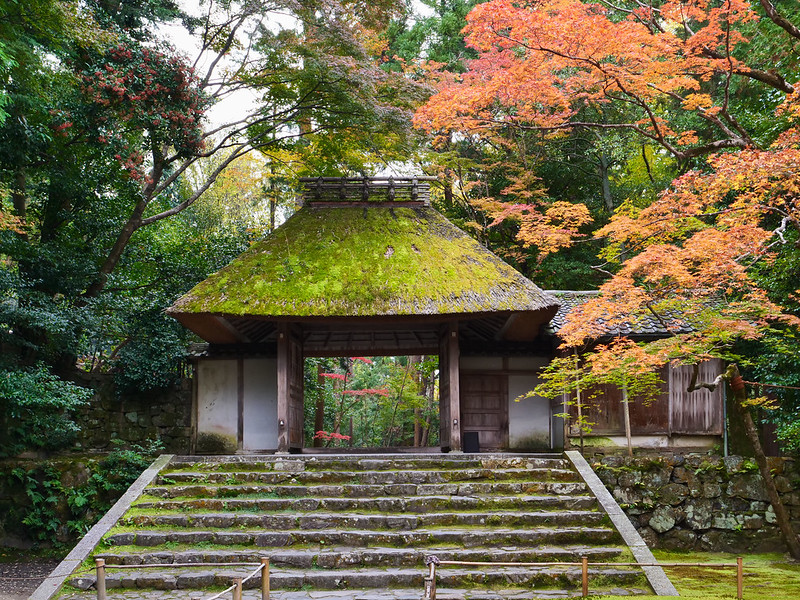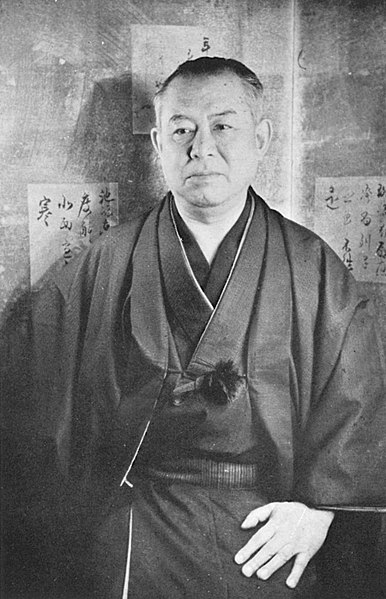
Hōnen-in: The Final Resting Place of Jun’ichirō Tanizaki
Japan has its own share of talented novelists and perhaps one of the most popular in modern Japanese literature is Jun’ichirō Tanizaki. His controversial works unabashedly present sexuality and destructive erotic obsessions that may have been taboo at the time. Tanizaki’s other works touch on the complexities of family life in the context of a rapidly changing 20th-century society.
Jun’ichirō Tanizaki, 1951.
Often, his narratives are written in the context for discovering cultural identity juxtaposing Western ideologies with Japanese tradition. Tanizaki was in the final shortlist for the 1964 Nobel Prize in Literature, a year before his death from a heart attack. One of Japan’s most coveted literary awards, the Tanizaki Prize, was named after Jun’ichirō Tanizaki.
Hōnen-in temple was named after a famous priest, the father of a religious movement that aimed to make Buddhism accessible to the common folks at the time, and the founder of the first independent Pure Land School of Buddhism (Jōdō-shū). Just off a simple dirt pathway lined with lush cherry trees known as the Philosopher’s Walk, lies the final resting place of the famed novelist. The grave is aptly adorned with traditional Japanese flowers, incense, and water.
Hōnen-in’s Sanmon Gate is another feature of the temple that is worth discovering. It is covered with moss and ferns, surrounded by maple trees. The gate adds a distinct charm to the tranquil surroundings and the simple, yet beautiful features of the temple. There is a marking carved on a stone on the side of the gate that reads, “no garlic, meat, or alcohol beyond this point”, as was traditionally banned among Buddhists in the past.
Hōnen-in temple is truly a unique place to visit to pay respect to one of Japan’s literary giants and to admire a quaint landmark.


